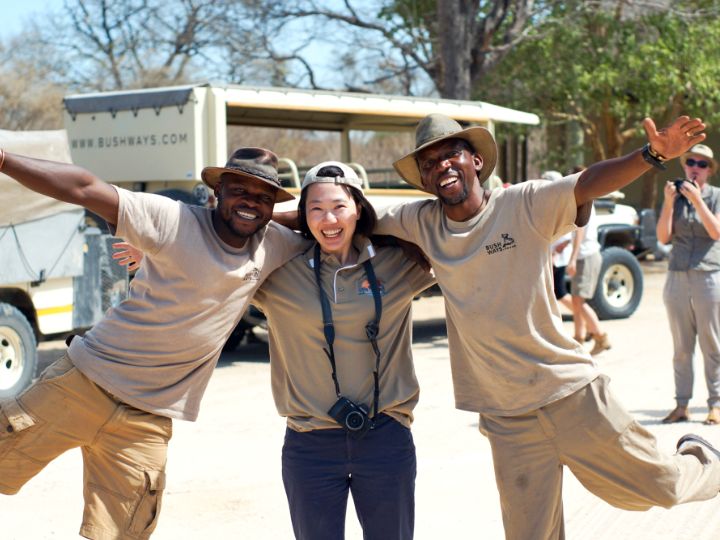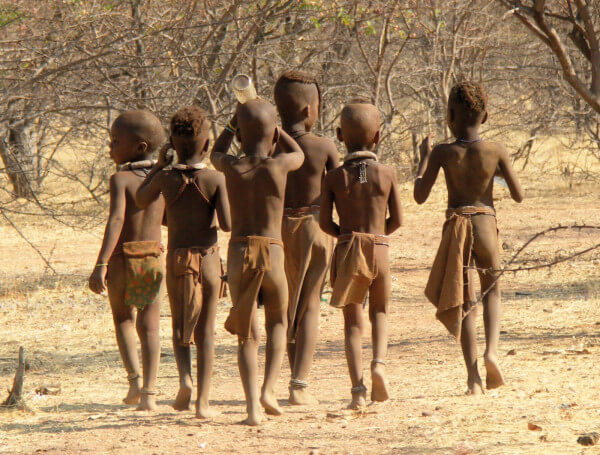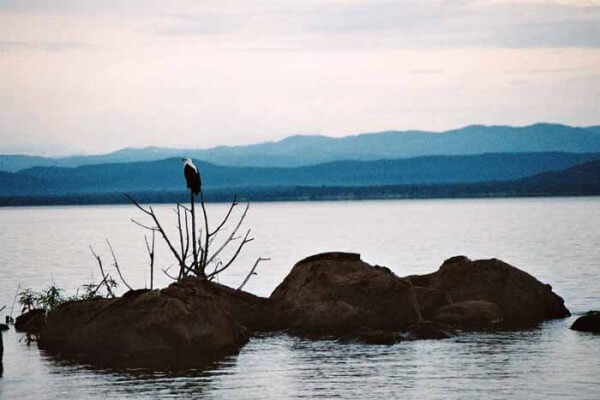Summiting Africa’s tallest mountain, Mount Kilimanjaro in Tanzania, should be near the top of any adventure traveller’s bucket list. To ascend to the 5895 metre-high Uhuru Peak, the top of this dormant volcano and one of the continent’s greatest sights, you trek through spectacular scenery: beautiful rainforest (home to animals such as elephants, leopard and buffaloes), alpine meadows and a barren lunar-like landscape. It’s possible to climb Kili with no ropes or technical climbing experience, making it a great choice for beginner mountain climbers. Keen to take on Africa’s tallest peak challenge? Here are our practical tips for climbing Mount Kilimanjaro.
Know which route to choose
There are seven routes to climb Kilimanjaro. Marangu is the oldest route, with the easiest path, although the summit success rate is low because of the steep incline to reach the top. Machame is the most popular route and has spectacular scenery and a better success rate than Marangu because it’s one day longer, so you have more time to acclimatize – although the walks on the whole are steeper. The Rongai Route is the second easiest trek, and it doesn’t get much traffic. The Lemosho Route is the longest, most remote route with great scenery and a high summit success rate. No matter which route you end up choosing, it’s a great idea to book a group tour (check out our Mount Kilimanjaro climbing tours) so that you share the fun and adventure of climbing the volcano with new friends.
Pack the right gear
Wearing the right gear and having the right sleeping bag will go along way having a comfortable trek up Mount Kilimanjaro. You’ll need good hiking boots (make sure you’ve worn them in well before starting the trek unless you want feet covered in blisters), enough socks so you have a fresh pair every day, waterproof pants, jacket and gloves, walking sticks to take the load off your knees – especially on the way down, thermal underwear, a bandanna or buff to keep your neck warm, a fleece jacket, gaiters, a beanie and a sun hat, polarized sunglasses, a headlamp and a sleeping bag for -30 degree Celsius weather. Keep in mind that your backpack – which is carried by the porters – can’t weigh more than 15 kilograms so don’t pack anything that isn’t entirely necessary! Pack each of your clothing items in plastic bags in your backpack, so that if your bag gets wet in the rain you won’t have to wear damp clothes. Pack layers so that you can add or remove clothes as the temperatures change.
Know how to deal with the high altitude
Most people react to the high altitude climb – and it’s impossible to know how you will deal with the elevation. Even if you’re fit and healthy, your body may react adversely, and you might not be able to reach the summit. There are a few things you can do to help your body – take altitude sickness medication such as Diamox, drink lots of water (the recommendation is to drink an extra 1.5 litres of water every day at altitude), sleep, eat well and take it slowly.
Have a good first aid kit
It’s a good idea to come well prepared with medicines and a personal first aid kit. Bring a water filter or purification tablets, blister plasters, Vaseline, anti-inflammatories for those sore joints and muscles, a high factor sunscreen (and a lip balm with sun protection), insect repellant, hand/feet warmers if you suffer from the cold, antiseptic cream, hand sanitiser and diarrhea medication. Pack wet wipes for no-water showering and ear plugs to block out the noise of fellow trekkers’ snoring. Before you leave home, consult your doctor about taking malaria prophylaxis – and be sure to check about taking malaria pills along with Diamox and anti-inflammatories.
We offer budget tours for climbing Mount Kilimanjaro, which include meals, accommodation, guides and transport from Moshi to the start of the routes.





0 Comments